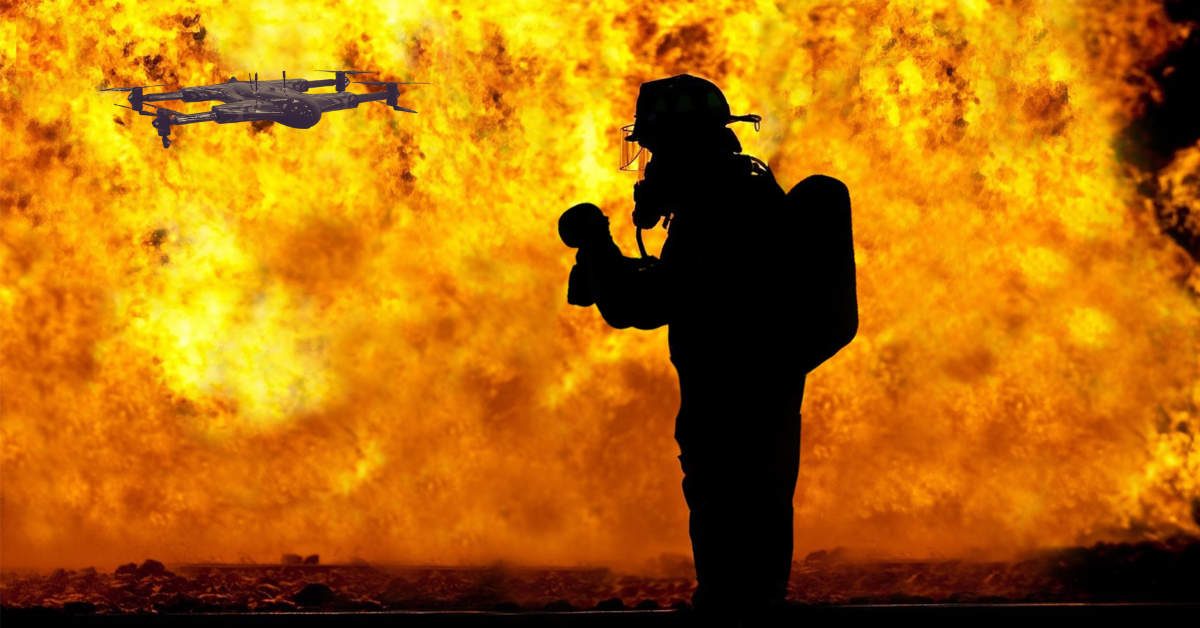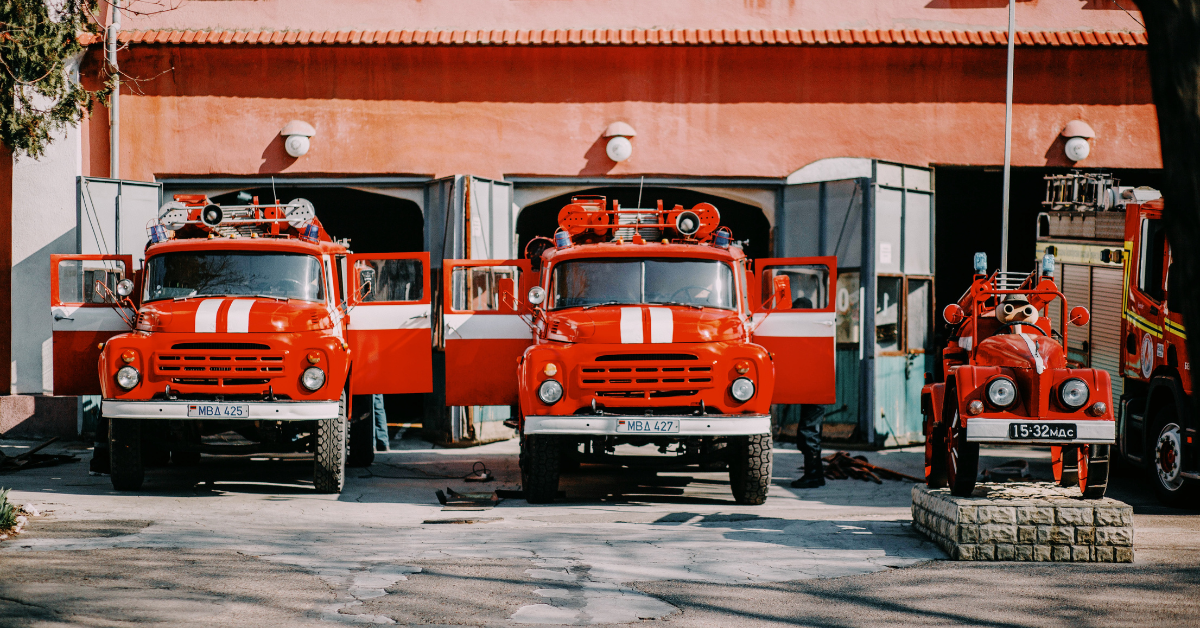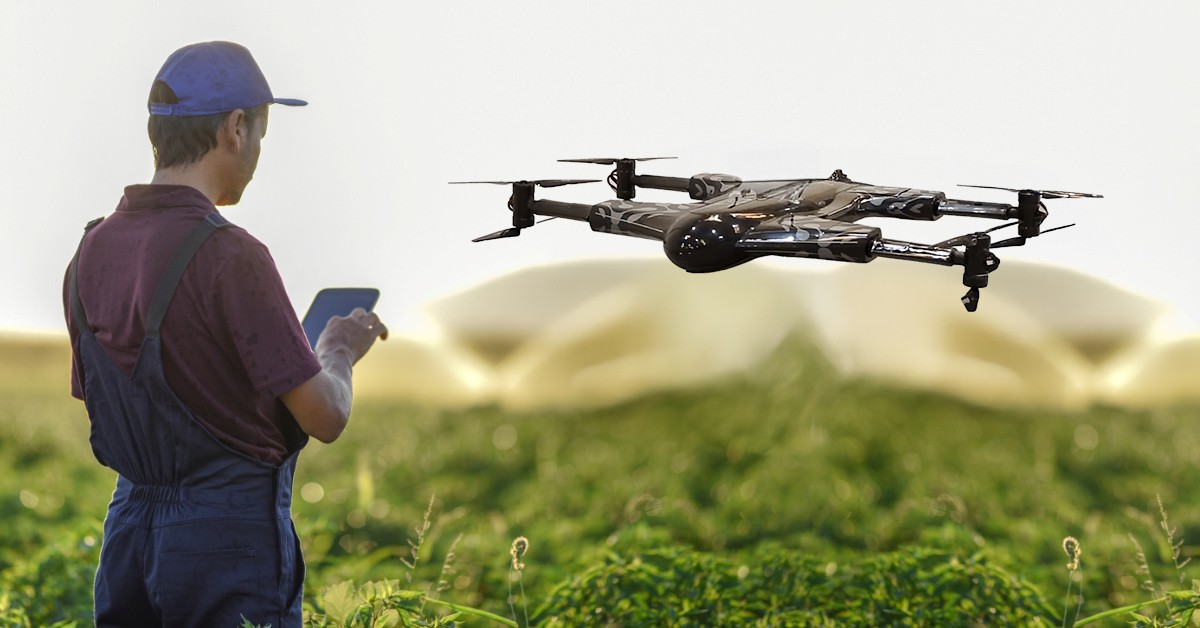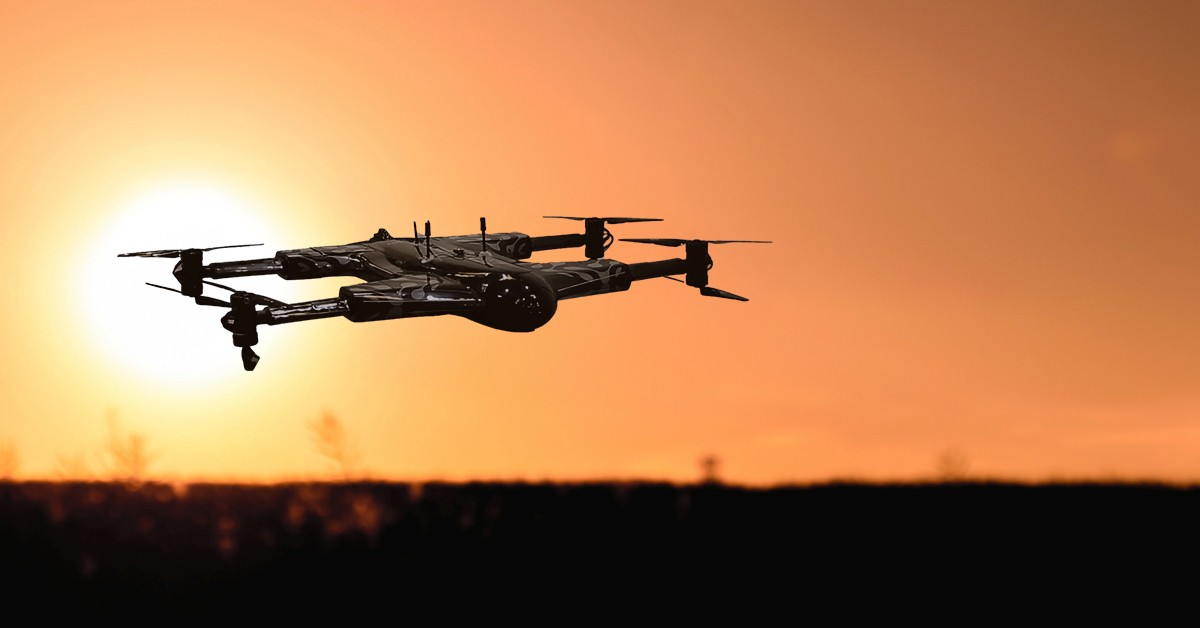Drones for Fire Rescue & Emergency Response: How UAVs Are Saving Lives

Fire rescue drones are truly transforming the way we respond to emergencies, making operations faster, safer, and more efficient! These incredible devices give firefighters an aerial perspective of fire zones, allowing them to access dangerous areas quickly and reduce response times—every second counts when lives are at stake.
With their speed and accuracy, search and rescue drones outperform traditional methods, empowering teams to act swiftly and make smarter decisions. Plus, they provide vital information to first responders prior to their arrival, enabling them to allocate resources effectively. It’s amazing how these drones enhance our ability to save lives and protect our communities! The UAVs in fire rescue operations are equipped with thermal cameras, LiDAR, and advanced vision systems that work hand-in-hand with firefighters and emergency responders. These wildfire drone technologies greatly benefit firefighter drones by allowing them to effectively put out fires.
Drones in Fire Rescue: How They Serve in an Emergency
Quick Response and Increased Situational Awareness
In fire safety, traditional methods can encounter difficulties, such as rugged terrain and poor visibility, which can slow down operations. Fire and rescue drones help overcome these challenges by enabling quick deployment and capturing real-time aerial imagery.
These drones give firefighters the opportunity to:
- Examine fire-affected areas from a safe distance
- Assess potential hazards
- Plan effective strategies to tackle the fires
By providing an aerial view, these drones assist incident commanders during firefighting operations.
Thermal Imaging
Thermal imaging cameras allow for real-time monitoring and analysis of fire path scale. They help identify stranded people amidst smoke, debris, or rubble. UAVs in fire rescue also measure temperature, humidity, and atmospheric conditions, which helps firefighters predict fire behavior. They can detect heat signatures and locate trapped individuals during search and rescue operations. With this technology available 24/7, efficiency and effectiveness increase during nighttime operations.
Real-Life Applications
In wildfires, drones designed for disaster response are equipped with thermal imaging and multiple sensors to locate survivors and guide responders to the area. They can track the spread of fire and identify people, even in low-visibility conditions or at night. Vision systems enable obstacle avoidance, preventing drones from colliding with trees, mountains, people, or other obstructions.
In urban settings, when fires break out in cities or residential buildings, UAVs provide real-time data using high-definition cameras. Thermal imaging benefits search and rescue operations by locating people firefighters can rescue and evacuate. Firefighting UAVs can resist high temperatures and navigate through heat and smoke, detecting bodies in low-visibility areas.
How UAVs Save Lives in Wildfires: Challenges and Corresponding Solutions
Although drones have proven effective in fire suppression through advanced technology, drone operators and firefighters still face challenges when using UAVs in fire rescue. A common challenge is the rapid spread of wildfires, especially when winds are strong. Such uncontrollable spread makes it harder for firefighters and drones to suppress the fire effectively. When fires expand, thick smoke fills the air, severely reducing visibility. This makes it difficult for responders to locate victims and conduct timely rescues.
These challenges can be mitigated by using firefighter drones. Thermal imaging can detect hotspots early, identifying the fire’s origin and path. Drones can see through smoke and locate survivors using vision sensors, providing clear aerial images and relaying information to firefighters on the ground.
What Makes an Ideal Fire Rescue Drone?
The key features of the best fire rescue drones determine the quality of its performance on flight and on mission. So, what makes the best fire rescue drone ideal for wildfire and urban fire emergencies?
As frequently mentioned in this blog, there are 5 key features that a drone must have to be considered as the ideal fire rescue drone:
- Thermal cameras: Thermal cameras allow drones to locate human life and fire zones for early detection and extinguishing.
- Infrared cameras and vision systems: They allow drones to avoid obstacles during flight and ensure that they reach the affected area seamlessly and on time.
- Long flight time and endurance: Some drones utilize long-lasting batteries, which allow them to fly for an extended time and fulfill their missions more efficiently.
- Autonomous navigation and AI assistance: Drones can now be operated remotely and with the help of AI to lessen the risk of potential harm and monitor the outbreak at a safe distance.
- Strong heat and water resistance: Firefighter UAVs can navigate through smoke and the outpouring of extinguishing products to reach areas that human personnel cannot.
Case Studies: Drones in Real-Life Fire Rescue Operations
To demonstrate real-life firefighting operations that utilized drones to aid in quicker extinguishing of wildfires and urban fires, check out these given situations:
- In 2022, UAVs were used to locate missing persons in a wildfire in California.
- From 2019 to 2020, prolonged drought and very dry vegetable fields were burnt out by bushfires spread by strong winds. Drones were used to monitor new ignitions and detect hotspots formed by lightning strikes.
- New York City has often been affected by urban fires, and the fire department has been using drones to assess the structural hazards and help decide on recovery efforts for its buildings
Wildfire drone technology has been making a huge impact on keeping public safety against disaster and emergency situations by its technological advancements. In statistics, there has been a record of 60% faster detection on victims of wildfire emergencies and a 30% increase on the safety of the firefighters who have conducted search and rescue operations that used drones compared to the traditional methods of these operations. Additionally, with the data collected by drones working on aerial surveillance, resource allocations have improved over time based on real-time data submitted quickly and accurately.
Bottom Line
As more and more fire departments advance to a higher level of safety and endurance in battling emergency situations like wildfires and urban fires by integrating drones for emergency response, fire rescue operations have improved significantly and efficiently. Coping up with drone technology advancements, AI integration and autonomous drone technology being used for quicker emergency response will ensure lesser damages and lives lost to unfortunate incidents.
The more we maximize this technology, the more secure we become.
Latest Posts
Social Profiles















